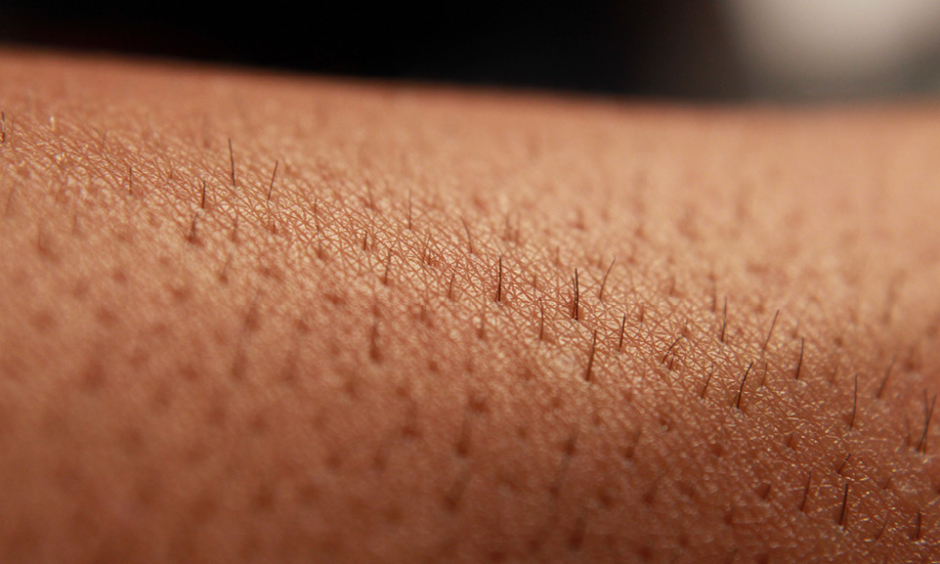An Interview with Dr Francesca Sampogna
![]()
Written by James Coker | Reporter, European Medical Journal | @EMJJamesCoker
![]()

Awareness of the impact that skin diseases can have on a patients’ quality of life has improved markedly within the dermatology community in recent years. Yet the extent to which these symptomatic and psychosocial issues affect the daily lives of patients is still being uncovered in daily practice. During the recent EADV Congress in Paris, France, we took the opportunity to speak to Dr Francesca Sampogna, a leading researcher in this area from the Clinical Epidemiology Unit, Istituto Dermopatico dell’Immacolata IDI-IRCCS, Rome, Italy. In our interview, we discussed the study she presented during this event, which was entitled: ‘Sexual problems and quality of life in patients with skin diseases’, before talking about trends in the field and new initiatives taking place to help clinicians assess the impact of the skin disease on a patients’ quality of life.
Growth in Understanding
Dr Sampogna described how coverage of quality of life has grown in recent times at major dermatological meetings such as the annual EADV Congress, although she would still like to see sessions on this topic gain greater prominence than they currently do. This is something that she and colleagues who work in this area are continually emphasising. “Around 15 years ago there were almost no specific sessions on quality of life”, she explained. “Now we always have specific sessions on quality of life and psychosocial impact of dermatological conditions.”
In general, there has been a vast improvement in appreciation of the symptomatic and psychological aspects of skin diseases during the course of Dr Sampogna’s career, which have changed the way these conditions are looked at and treated. “If you read books 30 years ago, they say that psoriasis is an asymptomatic disease but if you look at data it’s not true at all because it causes a lot of itching, burning, and pain. And psoriasis patients also have a lot of psychosocial problems, especially in relationships and social life, which is its main impact”, she elucidated. “Atopic dermatitis also has a similar effect in terms of itch and social life. In our group we studied vitiligo which is a chronic condition but has no symptoms, meaning it was previously considered as just a cosmetic problem: white spots being the only issue. But we observed that it has a huge impact from a psychosocial point of view. This shows that diseases which are not severe from a clinical point of view can have a major psychological impact.”
This increase in awareness has led to the stage where clinical trials will generally always include quality of life measurements, which is undoubtedly a big step forward in ensuring that doctors are more aware of the non-clinical impact of new treatments.
Bridging the Gap
Nevertheless, Dr Sampogna does believe there remains a separation between researchers and clinicians in dermatology, and this can prevent new discoveries being translated into clinical practice as much as they could be. Continuously finding scenarios in which professionals from the two areas can interact with each other is therefore crucial in bridging this gap. “The problem is the connection with clinical practice. Dermatologists who are also involved in research will of course change their clinical practice. But it is difficult for all the dermatologists in the world to have this information, so there is a gap, a disconnect. That’s why it’s so important to give information at congresses such as EADV”, she said.
Study at EADV
A study presented by Dr Sampogna at this year’s event primarily analysed the sexual problems faced by dermatology patients. Dr Sampogna’s particular analyses came from a large multicentre study of almost 3,500 dermatology patients covering 13 European countries regarding psychological problems they face. Here, data were collected from a single question from the Dermatology Life Quality Index (DLQI) questionnaire, which read: ‘Over the last week, how much has your skin caused any sexual difficulties?’ Overall, more than 11% of respondents reported problems in their sexual life, and the results also showed that this was especially prominent in certain conditions. Hidradenitis suppurativa was the highest of these, at 43%, and other skin diseases in which it was also a notable issue included pruritis and atopic dermatitis. In the view of Dr Sampogna, these findings demonstrate the benefits a simple questionnaire can have in informing a doctor about the quality of life issues their patient is facing. “One of our main conclusions is that a simple question such as this can help to deal with a sensitive issue because it is very difficult for a physician to ask; therefore, if you give a questionnaire an answer can be written”, she added.
Measuring Quality of Life
Developing tools such as questionnaires to measure quality of life in patients with skin diseases is something that Dr Sampogna and her colleagues are continuously seeking to develop further. “From a practical point of view we are trying to create new, very easy questionnaires because we know in clinical practice it’s always difficult to deal with these issues,” she explained. “The first questionnaire that was created was DLQI which only has 10 items and so we are creating new instruments that have no more than 10 items because it has to be something very quick.”
Dr Sampogna described an example of a visual measurement which was developed to measure quality of life in psoriasis: the Psodisk. The aim of this is to enable the patient to visualise the extent to which their quality of life has been impacted and then observe the difference when the results are recorded at a later date. It is hoped these kinds of initiatives can help physicians better understand the needs of their patients without taking much of their time. She additionally commented that there should be a greater emphasis on communication and the psychological aspect of diseases in the training of medical doctors.
Hidradenitis Suppurativa
As the study Dr Sampogna presented during the EADV Congress discussed above eluded to, the skin disease which can arguably have the greatest impact on a patients’ life is hidradenitis suppurativa. This is a condition which her group are now focussing on to a great extent in their studies as the awareness of it remains limited. “Hidradenitis suppurativa is not very frequent but is more common than people believe. And it has a big symptomatic and psychological impact.” She further outlined that this psychological impact is akin to severe depression, demonstrating the vitality of spreading greater awareness of it.
One way the team are doing now this is to make comparative analyses of quality of life in HS with more widespread dermatological conditions, such as psoriasis.
EMJ Dermatology 6.1
It was fascinating to speak with Dr Sampogna about quality of life in dermatology patients, which is becoming an increasingly recognised issue. In the next edition of the EMJ Dermatology eJournal, which will be published shortly, we will be providing insights on a range of similarly pertinent topics in the field in a number of formats; these include a review of this year’s EADV Congress, compiled by our in-house editorial team, reviews of specific abstracts and symposiums that were made at this event, interviews with our distinguished Editorial Board members, and a collection of peer-reviewed papers. If you would like to subscribe for free to our open-access content from this area to receive notifications of upcoming publications such as this, click here.








